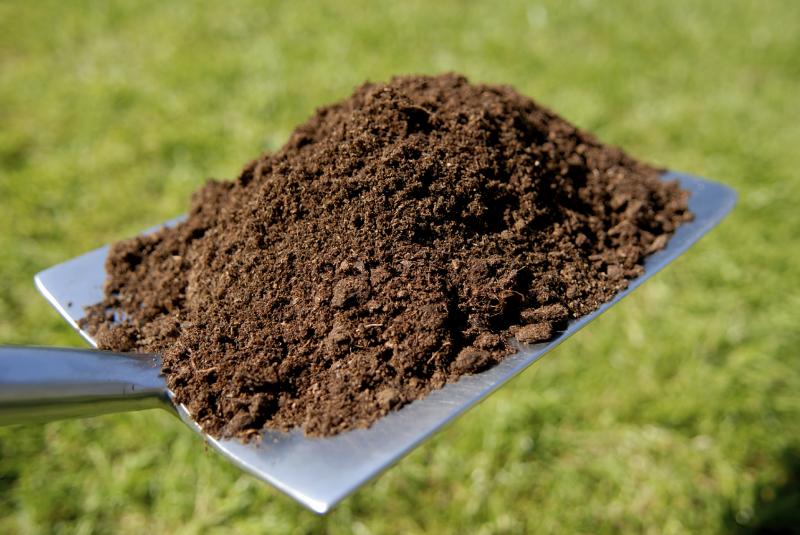
Since the wet winter of 2012 one thing has become abundantly clear at the Hutchinsons black-grass site at Brampton; it is not possible to actively manage heavy soil where the drainage is inadequate.
The UK yield plateau has been widely investigated in recent years but very few reports make reference to field drainage and this should be considered a vital component in our desire to move yields forwards again contends Dick Neale, technical manager for Hutchinsons.
“The preference for black grass to seek out damp soils is well understood and at Brampton we have identified basic management strategies that need to be employed. These include the need to delay sowing, but we have two fields where failed field drains, installed during the 1950’s, have highlighted the frustrations of farming wet soil.”
“Seedbed cultivation techniques bring no long-term solution, surface till, shallow or deep min till and ploughing have all been practised, but as the rain falls in late autumn and early winter the crops in these fields simply fail as roots increasingly find themselves in water logged soils to depth.“
“As the water levels rise against the impervious lower clay soil, crop growth is impaired and slug grazing increases. Surface ponding in heavy rainfall events then sees a separation of the silt fraction as the weather pounds the surface soil which is unprotected by vigorous crop growth, plugging the soil surface pores - leaving another crop with failed patches.”
For most UK soils, impervious clay at depth is the area to be addressed, he adds. The cultivated area of soil sees reasonable water movement throughout the profile via natural fissures, worm burrows and previous root passages but without effective movement of water from the lower clay fraction, drainage water will back up until it impacts on the growing crop and soil stability, as happened in autumn 2012 and has been repeated in these fields during the autumns of 2013 and 2014.
Mr Neale has seen that in the wet areas at Brampton, the cause has now clearly been identified as a failure of the tile drainage system. “Inspection with a digger has revealed collapsed clay tile drains and no permeable back fill meaning that the past 60 years have seen the tiles encased in a tight layer of silty clay washed into place via drainage waters. Drainage water still follows the lines of the tiles but with no functioning outfalls and random collapses and blockages the result is unstable soils with frequent ponding.”
“Deeper soil movement is often practised in an effort to improve the drainage of soils, this simply increases the speed of infiltration, it does not improve the movement of water from the field to a ditch. In clays, only good drainage pipes with permeable back fill can do that.”
At Brampton the permeable layer of soil is around 450mm deep and natural drainage through this zone is generally good with natural fissuring, worm burrows and old root passages all playing their part. Around half this depth is regularly cultivated on many soils. At Brampton at depths below 450mm we are into impermeable clay and this is where natural water movement slows to a trickle, he says.
“The autumn of 2012 highlighted clearly how vital good field drainage is. For many it has been a case of focussing on ditch clearance to allow still functioning field drains to empty unimpeded, for others the use of jetting has reinstated drain function but for many there has been a realisation that their old field drain installations are failing.”
Data from North America
Field drainage may have been ignored as a significant factor in the yield plateau in clay based soils, but 2012 Nuffield scholar Rob Burtonshaw, found some impressive yield improvement figures across North America where drainage of arable land is still a major feature in farming budgets annually.
With ongoing land drainage featuring so prominently, there is frequent opportunity to measure yield pre and post drainage and in drained vs un-drained situations.
For spring and winter cereals the yield response is between 33-38% - that would take the average UK winter wheat yield to in excess of 11t/ha and this is a data base extending back 20 years with 136,500data points.
While overlaying this data to the average yield for the UK may seem rather simplistic, in reality heavy clay soils tend to yield above the UK average of 8.4t/ha so have even greater potential to increase yield in response to effective drainage.
Beans have almost 30,000 data points over 20 years, recording a 21% yield increase and 10 years of rape data has recorded a 13% increase in yield.
In soils with a consistent clay base, the installation of a well-planned mole system can bring relief from wet soils. GPS location and steering can result in some very efficient installations but understanding soil zones is critically important to avoid simply moving a wet soil problem from one area into another.
Well drained soil is fundamental to efficient crop production and in calculating its value we should take into account increased yields comparable to the response to fungicides, easier working soils, improved seedbeds, reductions in slug populations, reductions in seed rates due to increased percentage survival, reductions in ‘wet land’ weeds ie black-grass, improved residual herbicide performance
